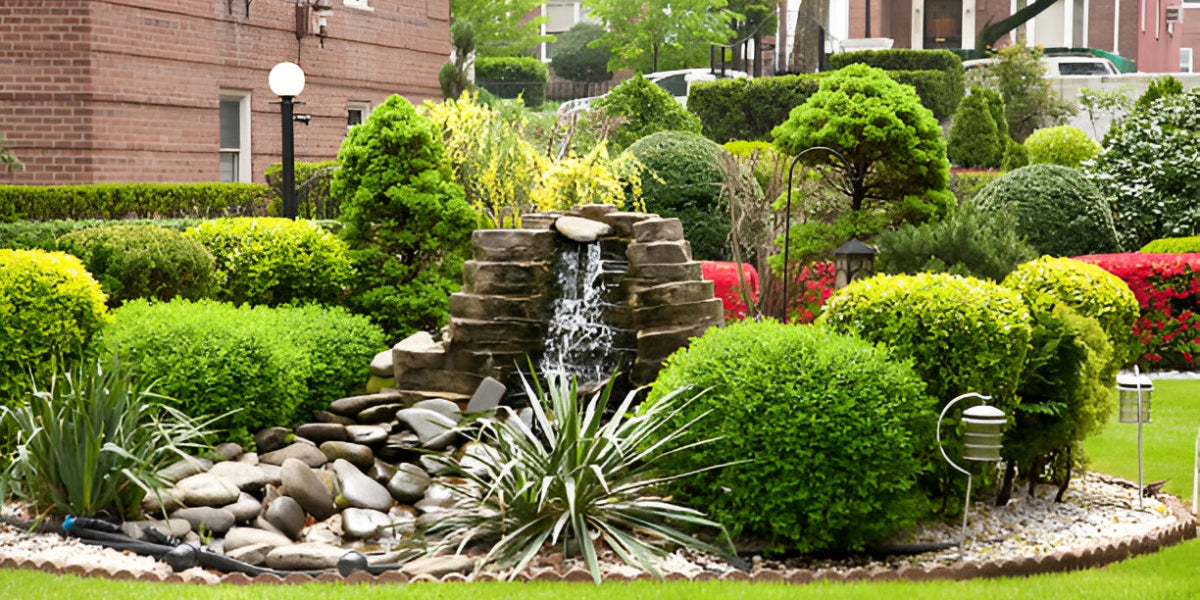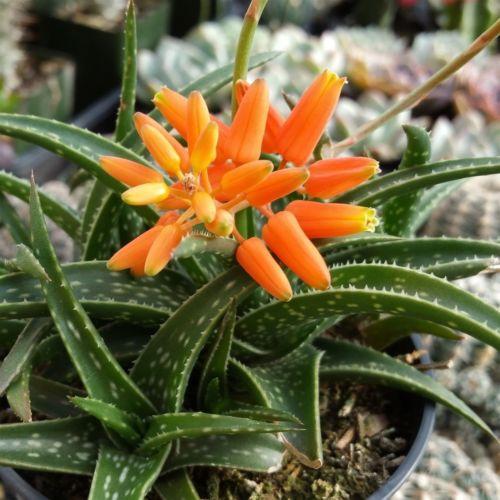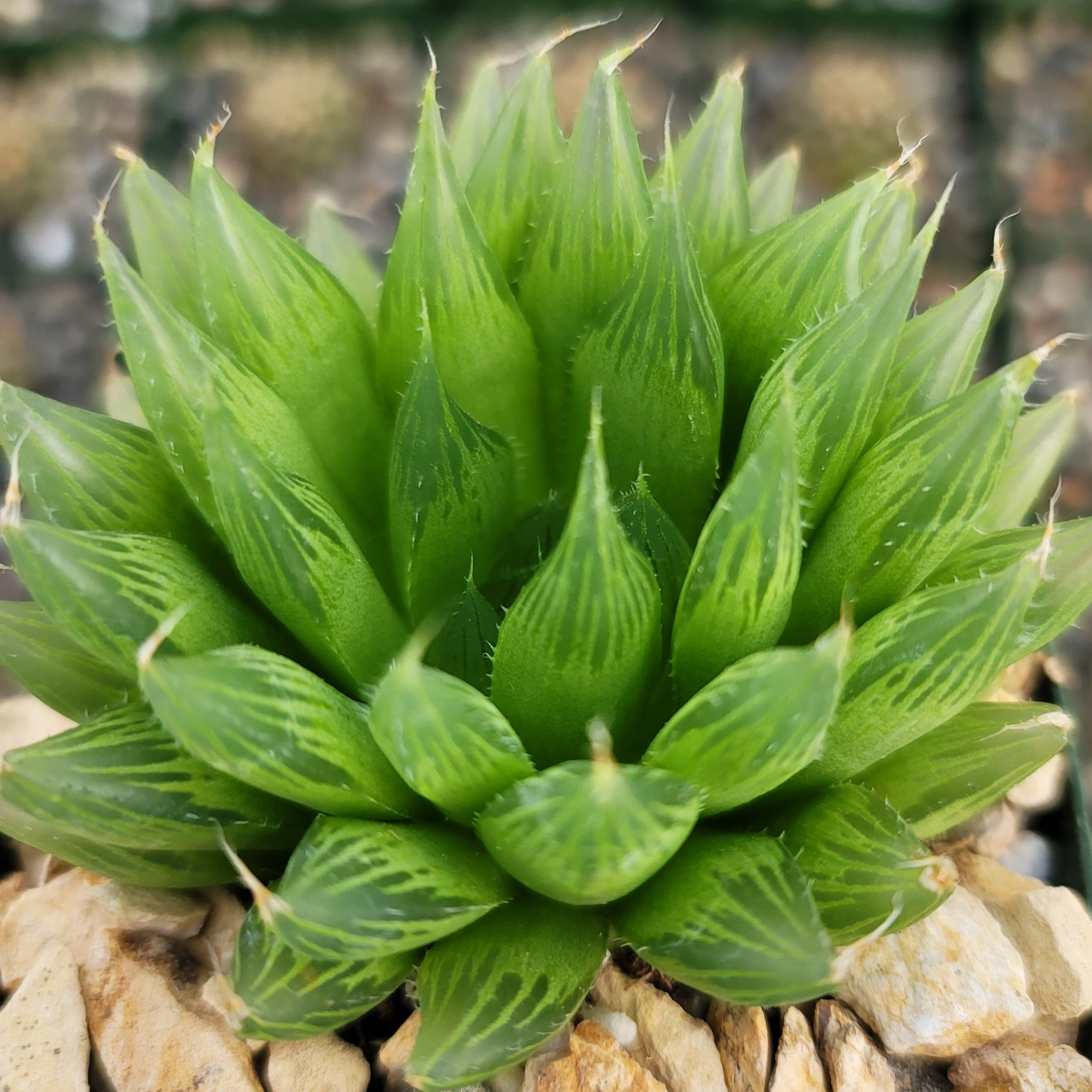How to Water Succulents and Cacti
Updated: January 28, 2025

The key to growing cacti and succulents successfully lies in learning how to water correctly.
Poor watering habits are responsible for probably 90% of all succulent and cacti deaths. If you can figure it out, you’ll probably never lose another fat plant ever again!
Is it hard? Not at all. It just requires a new approach and a different mindset.
Here is everything you need to know to keep your drought-tolerant plants’ thirst under control!
How Often To Water Succulents and Cacti
This is the part that most people get wrong.
To be fair – it’s hard to know the right thing to do! There is so much conflicting advice out there, and everyone will tell you differently. Besides, different plants have different preferences. Where do you even start?
Right here. You should water your succulents and cacti every 10 days.
Buuut, that’s not the end of the story. You see, there are lots of factors that can affect how often you should water. Here are a few:
- Temperature
- Humidity
- Soil composition
- Light levels
- Season
- Dormancy
- Species
- Indoors vs Outdoors
There are a bunch more, but we won’t get into it here. The important thing to remember is that, while 10 days is a good rule of thumb, you should always be alert of the changing conditions. Alter your watering schedule to accommodate them.
For example, it’s common knowledge that you want to increase the frequency of watering during the summer. After all, it’s much hotter. Water dries up quicker, and so do your plants!
How do we adjust the “every 10 days” rule? Well, it depends.
Summers in Arizona are scorching hot and bone-dry. If your succulents are in a climate like that, they’ll want water as often as possible. Believe it or not, you should water them every day or two in those circumstances.
Summers on the East Coast, say Virginia, can also be very hot. However, the humidity is also pretty extreme. Because the air is so saturated with water already, evaporation happens much slower than it would in Arizona. In this case, we would suggest watering every 5-6 days.
Winters are the opposite of course. The sunlight becomes weaker, days are shorter, temperatures are lower. Some of your plants go into dormancy (much like a bear hibernating).
During the winter you water much less frequently (especially for outdoor plants). My indoor plants get watered once every 2-3 weeks, depending on when I remember. The outdoor, cold-hardy plants like Sedum and Sempervivum might never get watered since the occasional snow or sleet is more than enough.
Root Rot
The reason we place such a heavy emphasis on the frequency of watering is because of the threat of root rot.
Root rot is the silent killer that gets most succulents and cacti. Since it happens below the surface of the soil, you don’t even know anything is wrong until the plant falls over from a rotted core.
What causes root rot? The short answer is this – if roots stay wet for too long, they’ll start to rot. That’s because plants actually breathe through their roots… and air doesn’t move through water very well.
In essence, the succulent drowns. It doesn’t have to be a lot of water either. Simply being damp or moist for too long is enough to allow root rot to set in.
That’s why the most important aspect of watering is how often instead of how much. It’s crucial that you give the succulent enough time to dry out between watering.
How to Know if the Soil is Dry

Having a fast-draining soil composed of mostly inorganic materials is the first step to keeping your plant dry. Only watering after it has totally dried out is step two.
It’s not difficult to check if the soil is dry. The easiest way is to simply stick your finger in the pot. Make sure you go down at least two inches (often times the surface can be dry when the dirt underneath isn’t). If it feels wet, damp, or even a little colder than the surface – don’t water. Give it a few days.
You can also use a soil moisture meter to check. These devices are really useful for checking lots of plants, but the cheap ones can be pretty inaccurate.
Lastly, simply wait for the leaves of your succulent or cacti to wrinkle. It looks scary, but the plant isn’t really harmed. It’s better to err on the side of dry instead of wet.
After all, it’s much easier to recover from underwatering than overwatering.
How Much to Water Succulents and Cacti
This is the easy part, actually!
A lot of people think that since succulents and cacti are desert plants they don’t want a lot of water. That’s not true!
They’re like camels – they don’t drink water all that often, but when they do they drink loads of it.
It makes sense if you think about it from an evolutionary perspective, too. Most deserts in the world have very heavy rains a few times a year. They don’t do a little drizzle every couple weeks.
In the same way, cacti and succulents should be totally drenched when they get watered. You want to completely saturate the soil all the way through. Only stop watering once you see water begin to come out of the bottom of the pot.
Water should never be given sparingly to fat plants. The only exception to this rule is if you have your succulent in some container without drainage (like a terrarium or a teacup). In that case, water very sparingly because the water is trapped in that container with no way out.
How to Water Succulents and Cacti

So now you know when to water succulents and how much water to pour on them.
What about the actual pouring of the water?
Well, there aren’t any real secrets. Just a couple of Do’s and Don’ts.
Don’t water with a spray bottle. No mist, no squirts. You gotta drench your succulents. Put that bad boy under the sink faucet, spray a hose on full blast, pour a whole water bottle on them. Anything to get them totally soaked.
People like to use spray bottles because it pairs well with the cutesy glass bowls they stuck their Haworthia in. The thing is, no matter how much you spray, you’ll never get more than the top couple centimeters of the soil wet.
And that’s actually bad for the plant! If only the surface is wet, it’s forced to grow its roots upward to get a drink. That causes the plant to have a shallow root system, which can cause a lot of problems like poor stability (and you know these guys are top-heavy).
Another thing to avoid is spraying water all over the leaves.
Plants don’t drink through their leaves. Why would they want water on them? It can actually damage the plant, too! Water drops on leaves act as amagnifying glass and strong sunlight can burn them. For succulents in particular, water can wash off the “farina” – the white powdery stuff that acts like natural sunscreen.
The best practice for watering is to pour water directly near the base of the plant, and on the rest of the soil. If you totally drench all the soil, the plant is encouraged to spread its roots out. It’ll form a robust root system to anchor itself securely.
That’s all there is to it! Watering succulents and cacti isn’t really that hard once you understand the fundamentals. You should be able to keep nearly everything alive now!
Let us know below in the comments if you have any questions or need clarification.

























